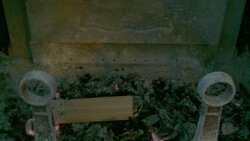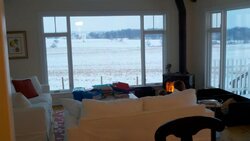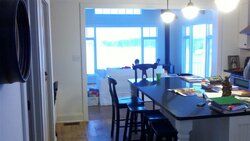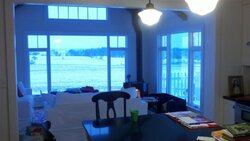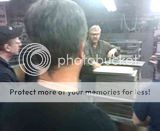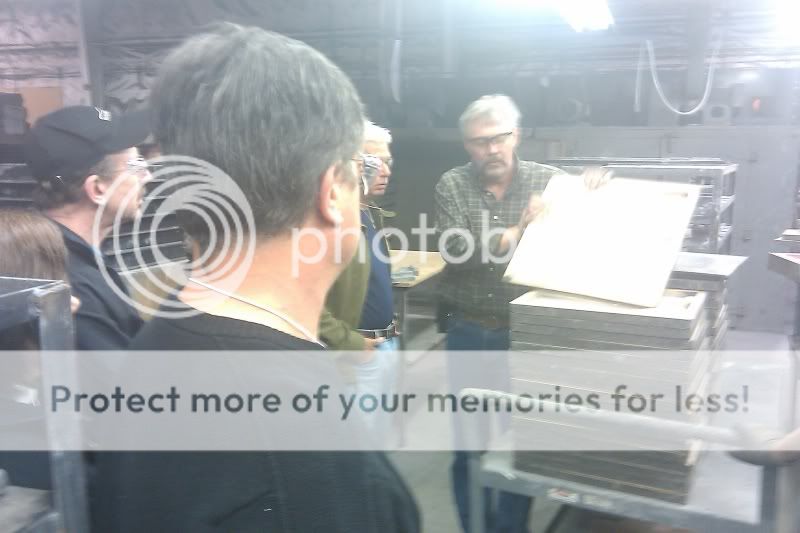Hello gentlemen,
I did a fair amount of reasearch while looking for a used EPA rated stove last year. A lot of people tried to steer me away from my Dutchwest. They said, the stove was easy to overfire, it would be difficult to control, the inside parts would warp, especially the top of the firebox (inner layer of cast iron.) I found this to be completely untrue so far. In my opinion any stove can be overfired if operated incorrectly. Yes, I agree, any stove should be able to withstand an occasional overfire. Not a sustained overfire for a long period of time, but an ocasional oops!
I agree, that Vc's reputation has not been the best in recent history, but I hate to completely write off the company completely. VC has shifted some of the cast iron production from China back to Vermont. The company has also started to They seem to be trying to rectify what has gone wrong in the past. When a company changes hands there's no telling what happens I guess! It kind of goes to show that nothing is really etched in stone, the only sure thing is we will live and we will someday die. Everything else is subject to change. Here's
Jay Clark's quote from reply #47 an #50 on this thread, he visited the VC plant in Randolph, VT :
I hear what you’re saying in regards to them learning from their mistakes. There are still many things they need to work on. So many of their products are designed without any regard for ease of installation or longevity of certain parts.
With that said, they have made MAJOR improvements in their manufacturing and quality control processes. I visited the factory over the summer which is when they introduced the 2n1 system. The production manager held a seminar specificly on the 2n1 system….
These new refractory materials are very much improved (I met the guys who make them, lol). It’s a completely new recipe and curing process (something about higher silicone content). It’s also nice that they added the cast iron lip inside the flue collar to prevent chimney brushes from smashing the refractory.
The assembly plant in Randolph, VT was in great shape. Their new plant manager is from Ethan Allen. They have done an amazing job at leaning out their inventory and processes compared to the CFM days. The remaining employees seem to be very happy and they are all cross-trained. They get rotated from different positions on the assembly line. Everyone, at the assembly plant and the foundry, appeared to be extremely enthuastic about the products they are helping to produce.
I think you guys would also find it interesting that VC is now doing all of Jotul’s north american castings in Vermont. We also came across some FPI/hampton castings being done as well as Harman. The production manager mentioned they recently shifted a lot of production back to Vermont from China.
Even the $650 Windsor 244’s (old century 244) plated steel stoves are entirely made in VT. It was certainly a breath of fresh air.
I would like to give them the benefit of the doubt, they are creating jobs up in VT and with this economy it's what the country needs. It may be a bit naive, but if they can bounce back maybe the whole country can too.
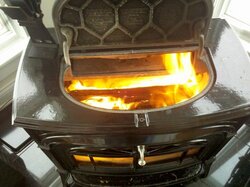 encore2n1toploading.jpg53.7 KB · Views: 1,906
encore2n1toploading.jpg53.7 KB · Views: 1,906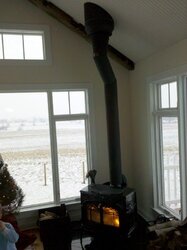 ninosencore2n1beautifulsetting.jpg62.1 KB · Views: 1,099
ninosencore2n1beautifulsetting.jpg62.1 KB · Views: 1,099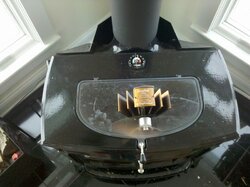 thermometerandecofan.jpg65.7 KB · Views: 1,091
thermometerandecofan.jpg65.7 KB · Views: 1,091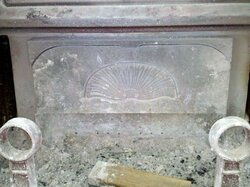 2n1refractorycoverinplace.jpg63 KB · Views: 1,143
2n1refractorycoverinplace.jpg63 KB · Views: 1,143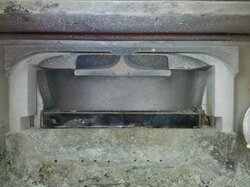 catchamberwithcatremoved.jpg58.1 KB · Views: 1,126
catchamberwithcatremoved.jpg58.1 KB · Views: 1,126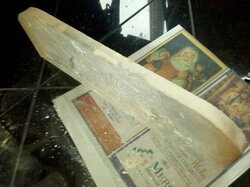 refractoryplate.jpg46.8 KB · Views: 1,104
refractoryplate.jpg46.8 KB · Views: 1,104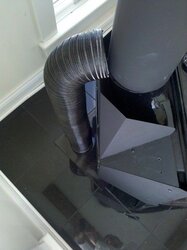 return%20air%203.jpg38.6 KB · Views: 1,071
return%20air%203.jpg38.6 KB · Views: 1,071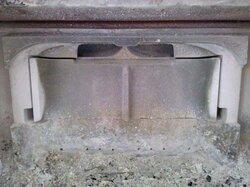 secondaryburnchamberbehindfrontplate.jpg61.8 KB · Views: 1,019
secondaryburnchamberbehindfrontplate.jpg61.8 KB · Views: 1,019

